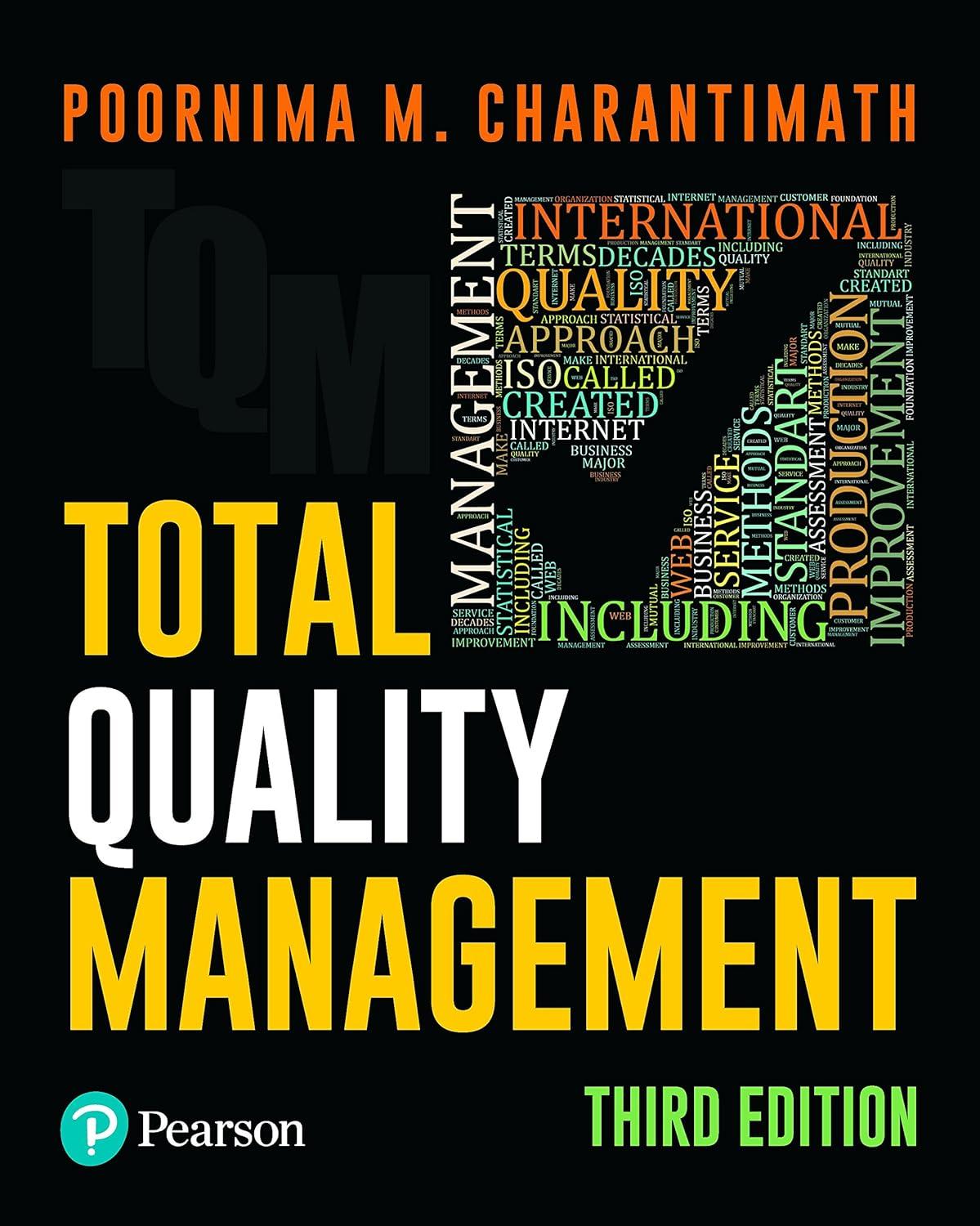Bharti Tele-ventures is one of Indias leading private sector telecom operators. Its cellular business, Airtel, is a
Question:
Bharti Tele-ventures is one of India’s leading private sector telecom operators. Its cellular business, Airtel, is a leading mobile telephony brand. Like any telecom organization, Bharti considers information technology as a key business enabler. According to Amrita Gangotra, vice-president of Information Technology at Bharti, IT works as a support system as well as a key business driver.
The company has a wide area network (WAN) in place with a mix of leased lines and E1 and E3 lines. The company extends different applications to its dealers and partners through its extranet. The company also has procured a range of high-end servers from Sun and HP. The company also has a storage area network (SAN) in place because its daily storage requirements are in tetrabytes.
The main data centre is located in Gurgaon, Haryana. Bharti has procured billing, fraud management, revenue assurance and data warehousing software.
The Case for CRM
During the initial stages of its operations, the company’s systems were run manually. Only 40 per cent of customer issues were getting resolved. The company decided to equip itself with tools that would help in resolving 90 per cent of its customer issues. The company decided to opt for a CRM solution to manage customer expectations and provide them with innovative products and services.
Oracle CRM Platform
Bharti wanted to fulfill its vision of providing the same quality of services anywhere and at any time. The company was particular that its customers should get the same quality of service no matter which of its call centres he or she contacts. It evaluated many options before choosing its centralized CRM tool. The factors considered were proper workflow automation, facilitation of knowledge sharing and integration with the billing system. After a thorough evaluation exercise, it decided to go ahead with the Oracle CRM platform.
Rolling Out
After the company started its operations in Delhi, it acquired many circles and sought new licenses in other circles. The CRM tool was implemented immediately whenever it obtained a new license. However, the company had to put in place a phased migration strategy in the acquired circles, which had an existing subscriber base. The migration had to be done in such a manner that the existing customer base did not suffer. The migration was completed in a phased manner by the first quarter of 2004. The biggest challenge for Bharti was to have a unified process in place. They also faced the challenge of imparting training. The company was successfully able to overcome the technical difficulties that it faced during implementation.
The CRM strategy at Bharti revolves around two aspects—operational CRM and analytical CRM. Operational CRM revolves around improving the workflow of call centres and helping them in their day-to-day activities. Analytical CRM provides staff with the required information on customers and is used for business development.
The company has successfully used its CRM solution to provide products tailor-made to the needs of its customers. Thus, customers receive more value for money. Customers now have access to different schemes and services depending on airtime usage. Bharti has also managed to segregate its workflow with the help of the CRM tool.
Question For Discussion
1. Why did Bharti Tele-ventures opt for a CRM solution?
2. What were the challenges faced by Bharti in its CRM implementation process?
3. Discuss the strategy used by the company for implementing CRM and why.
4. Explain the various benefit received by Bharti after implementing CRM.
Step by Step Answer:






